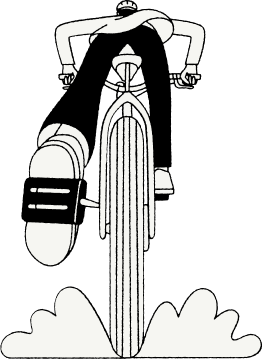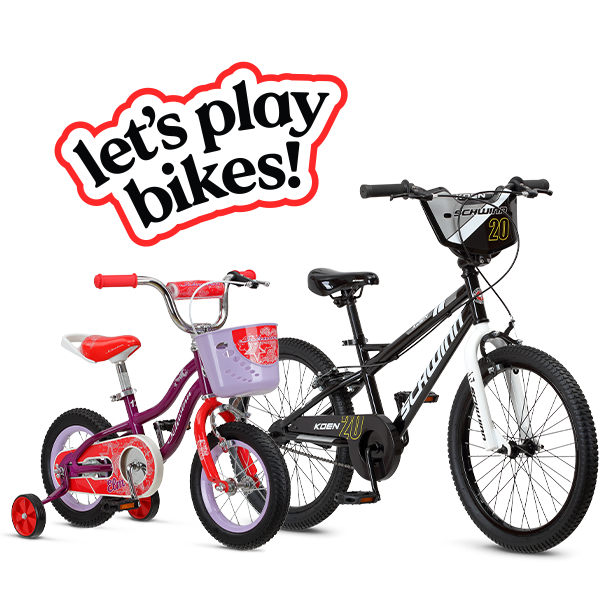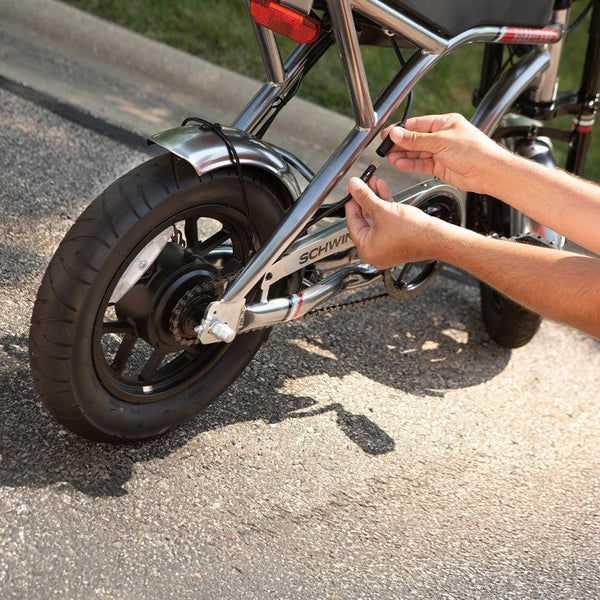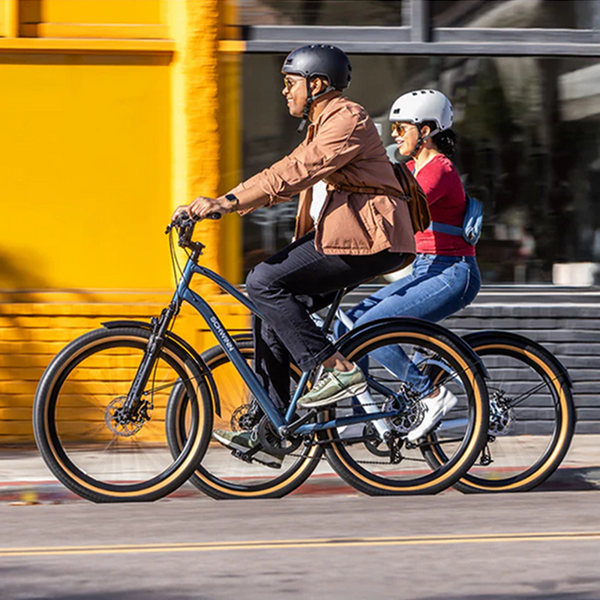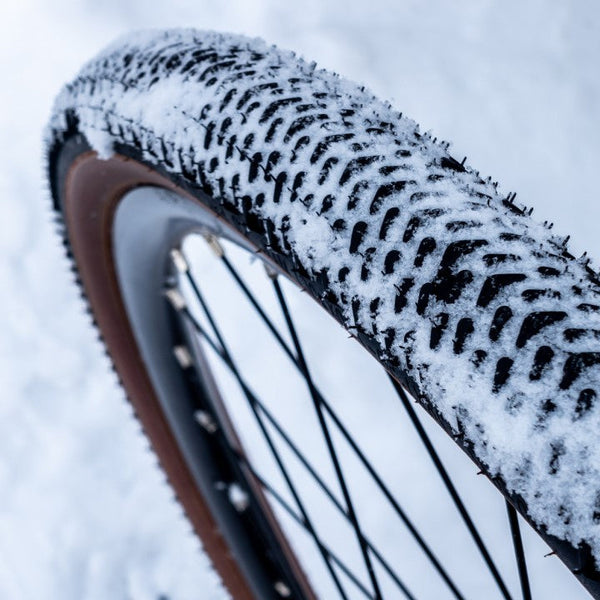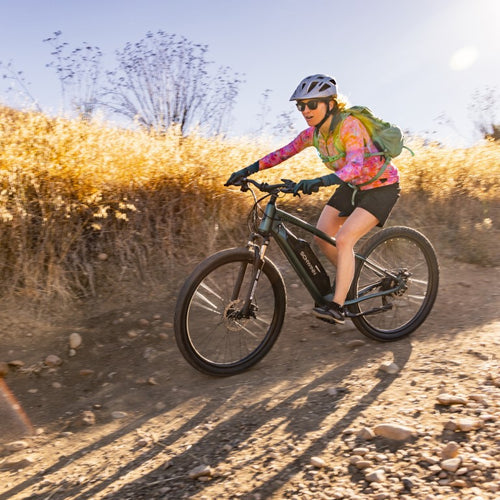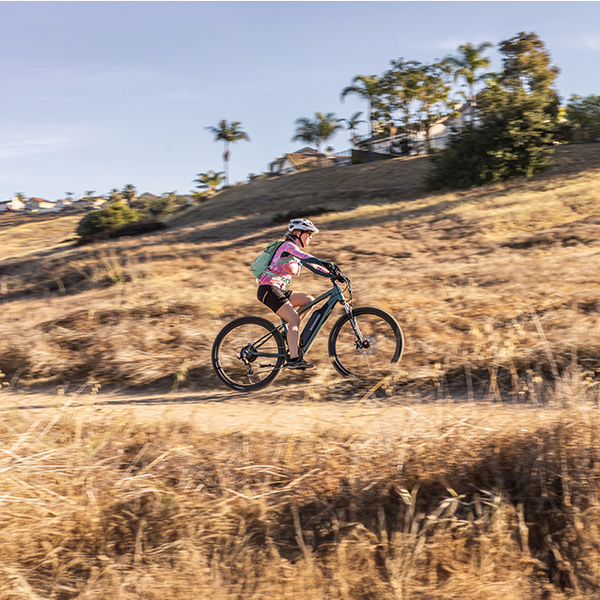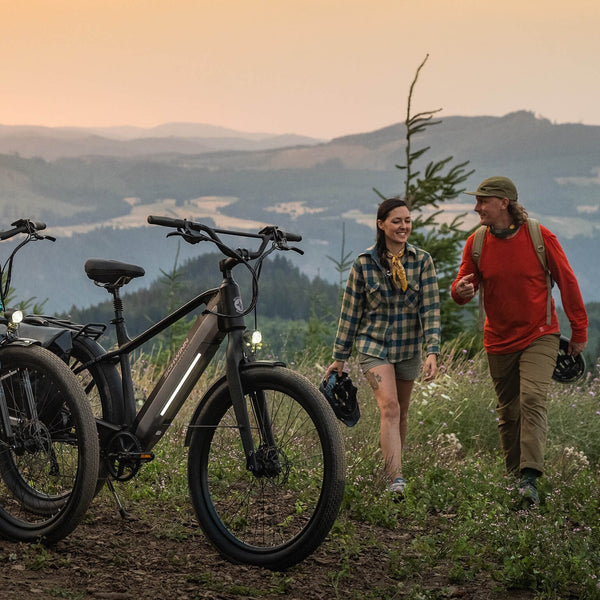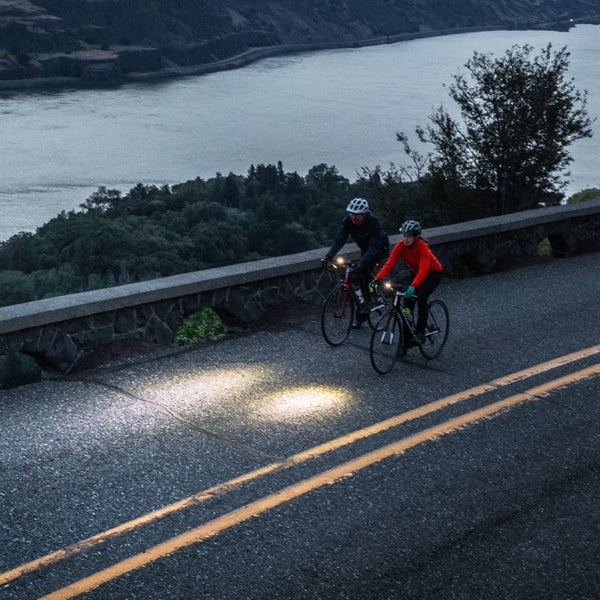If you have the right gear, biking can be a fun and fulfilling way to stay active in the winter.
Whether you are biking for enjoyment, for exercise, or for your daily commute, riding your bike in the winter does not have to be difficult or uncomfortable. In fact, it can be an invigorating way to get out of the house, enjoy the brisk winter air, and increase your overall fitness and well-being.
This guide will provide several tips and tricks on proper clothing that will keep you comfortable and help get you back on your bike before the snow melts.
Cycling causes a lot of heat to circulate throughout your body, and the winter months are no exception. You can just as easily overheat in winter as any other time of year. That’s why it’s often more important to focus on protecting your skin from the wind, wet, and direct cold than it is to focus on the number of layers you wear.
Breathable Clothing
Materials like cotton tend to trap moisture and can actually keep you cold. Wool and synthetic materials are better to wear as underlayers because they keep your core warm and dry. Fleece is also a great option but is best saved for a particularly cold day when added warmth is needed.
But don’t stop there! Long underwear, leggings, and synthetic tights are great for keeping your legs warm.
Outer Layers
Making sure your coat or outermost layers are waterproof and windproof will help keep heat contained while battling the elements.
Having a lightweight zip-up jacket or windbreaker is perfect for your outer layer. A jacket with reflective elements is even better if you plan on biking at night or in the early morning.
Footwear
A waterproof shoe or boot with enough room for thick socks is vital. Keeping your feet warm and dry is very important in the winter months. Avoiding cotton here is especially important, as wet, cold feet from cotton socks are no fun at all. Wool or synthetic socks are your best bet for winter riding.

Headgear
Keeping your ears and head warm is incredibly important. If you do not have a winterized helmet that already covers your ears, be sure to wear a hat or headband under your helmet.
If you are wearing additional winter headgear underneath your helmet, it’s important to make sure that the helmet still fits properly. If the fit is an issue and you don't want to buy a new helmet, a helmet cover can also be a great option.
Facemask
Some cyclists prefer to have their face and neck covered as well. There are many options to keep the winter chill off these areas.
A balaclava (or ski mask) provides full head and face coverage to keep out the cold and maintain heat. This will keep your face and neck warm while riding. Scarves are also excellent ways to control the amount of wind that hits your face or neck. And tinted goggles can protect your eyes from both the sun and the cold.
Gloves
Waterproof mittens or gloves will help keep your hands warm. However, many cyclists have found that lobster claw gloves provide an excellent winter cycling option as well. The lobster claw splits your fingers into two sections to provide better dexterity while keeping some fingers together for added warmth.
Tips to Get Started
If jumping straight into winter cycling seems a bit daunting, don’t worry. You can get back into winter riding one step at a time with these quick tips:
Do a short test ride. Ride your bike just part of the way to your destination, then take the bus the rest of the way there. You can also park your car part of the way and ride your bike for the rest of the distance.
Skip it on bad weather days. Don’t feel bad about leaving your bike at home for those especially cold, icy, or snowy days.
Set achievable goals to ease into it. Keep in mind that getting on the bike even once a week is a great step towards getting in shape for spring!
Enjoy it! Most of all, remember to have fun. Enjoy the winter scenery and fresh air as you cruise into spring!

